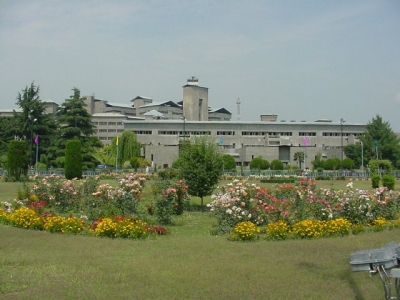
Dr. Bashir A Dabla
The release of provisional population growth and sex ratio figures of 2011 census recently gave rise to serious concern among the people and the government in J&K. This extreme concern revealed clearly an extreme downward trend in the sex ratio in the state, particularly the Kashmir province, which emerged as the worst performance state.
It was precisely because 6 out of 10 worst performance districts, Pulwama, Budgam, Kupwara, Anantnag, Baramulla and Srinagar are in the country are in Kashmir.
This demographic change divulged also two important social realities. First, the formal adoption and implementation of relevant social legislation/policy necessarily leads to desired social transformation in actuality. Second, the adoption and increase in education will create desired consciousness [and resultant actions] against the practices of sex determination and girls’ selective abortion.
This undesirable situation can be explained in terms of common and easily available sex determination tests in urban and rural areas and subsequently common and easily available selective abortion of girls.
It has been reported that thousands of illegal and unlicensed clinics in Kashmir are involved in heinous and criminal practice in all areas. The state government has not shown the desired response to this catastrophic demographic change in society.
Its response can broadly be explained in three points. First, the entire governmental response revolved round the sole argument related to the practice of female feticide. Though this factor can never be ignored, it must not reduce the importance of other relevant and active factors.
Second, one has to consider the nature of limitations in the operational methodology evolved during registering, recording and calculating relevant data from different sources and its manipulation subsequently. It was essentially in this context of potential doubt of the local authorities about census operations that the health department ordered new census or survey of the sex ratio by the BMOs and their staff.
In reality, some demographers and health experts from outside the state had mentioned about methodological limitations of census operations and consequent statistics in 2011 and earlier too. Third, this government’s response reveals its ignorance and laxity about this large number of illegal clinics and checking the abortion business going on there.
The entire focus on sex determination tests and selective abortion of girls must not hide the important social dimension of this critical human problem. Various studies of sex ratio in the country have clearly stressed the specific role of change in the mind-set of the people at large, especially of educated, urban and upper classes in order to deal with this problem effectively. It follows that the government, its agencies, organizations and institutions must start a systematic and organized campaign against these inhuman practices in cooperation and collaboration with the civil society.
In this connection, a social campaign sponsored by the Department of Sociology of Kashmir University raised basic questions of female survival in the wake of dwindling sex ratio.
In order to raise the consciousness [that leads to change in mind-set and pattern of action], it posed six questions to readers invoking their conscience about the entire issue.















